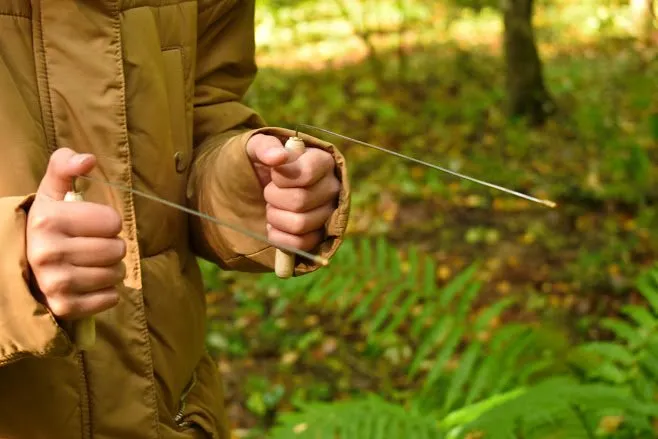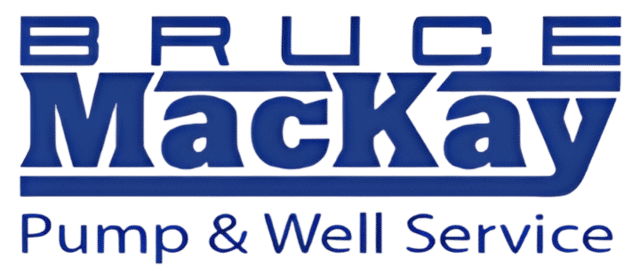
Find the Best Place for Your Private Well
Whether you have health concerns about the municipal water system near you or you want to get off the grid, a private well may be the perfect solution for you. When you want to dig on your own property, though, you’ll need to look for the most suitable location. How can you pick out that optimal spot? Follow these guidelines to find out.
Avoid: Septic Systems
Septic systems, latrines, and animal droppings are all places for bacteria and viruses to breed. One of the worst things you can do for your private well is to put it too close to human or animal waste. Determine the likely flow of groundwater from these systems, and keep your well as far upstream as possible. Don’t forget to take your neighbors’ properties into account, too.
Look For: Clay or Sand
Whatever contaminants may be around the well site, you’ll want to drill a safe distance away from them. If you have a high concentration of clay, silt, or sand in the land, they act as a filter and trap most of the germs, which reduces how far you’ll have to go to drill. You should still install a filtration system to clean the water, but it won’t be nearly as dangerous with some natural cleansers in place.
Avoid: Surface Rock
You might think that rock would provide even more protection from germs or harmful elements, and it does help when broken down into gravel or pebbles. However, large outcroppings of stone on the surface usually indicate a substantial amount of solid rock beneath the topsoil, which will make the drilling process difficult. Between extending time and harsh conditions for the drill, you’ll likely need to keep looking for the right spot.
Look For: Elevation
When in doubt, you can determine the direction groundwater will flow based on the land’s elevation. Water tends to move downhill, so the higher on a hill you can drill, the less likely your water will collect debris and toxins on its way to the aquifer. If you don’t have a particularly distinctive hill, try to drill the well somewhere higher than your septic system or latrine.
Avoid: Surface Water
You might find it tempting to look for a stream, lake, or river on your property and drill in that location since the water is clearly visible. However, because water tends to flow downhill, it will collect at the lowest point. This makes natural surface water more likely to contain hazardous material, especially if you’re not near the spring where it originates. Dig the same distance from surface water as you would from a septic system.
Look For: Available Data
You don’t have to find the best location for your well with your own observations. The US Geological Survey has groundwater atlases and maps available which show the aquifers they’ve discovered. You may also be able to locate your state’s information depending on your location. You could hire a water dowser — they’re more controversial, but they have a high success rate for finding natural aquifers.
Of course, if you hire a local company to drill your well, they’ll be familiar with your area and have a good idea of where to find water. Even if they haven’t worked on your property before, you can trust them to locate and extract enough water for your household to function.
For private water wells in Northern Nevada or Eastern California, check out Bruce MacKay Pump & Well Service. We’ve been in business for nearly 40 years and have the experience to offer the most complete services around. Contact us today for all of your water well drilling, inspecting, and repairing needs.
